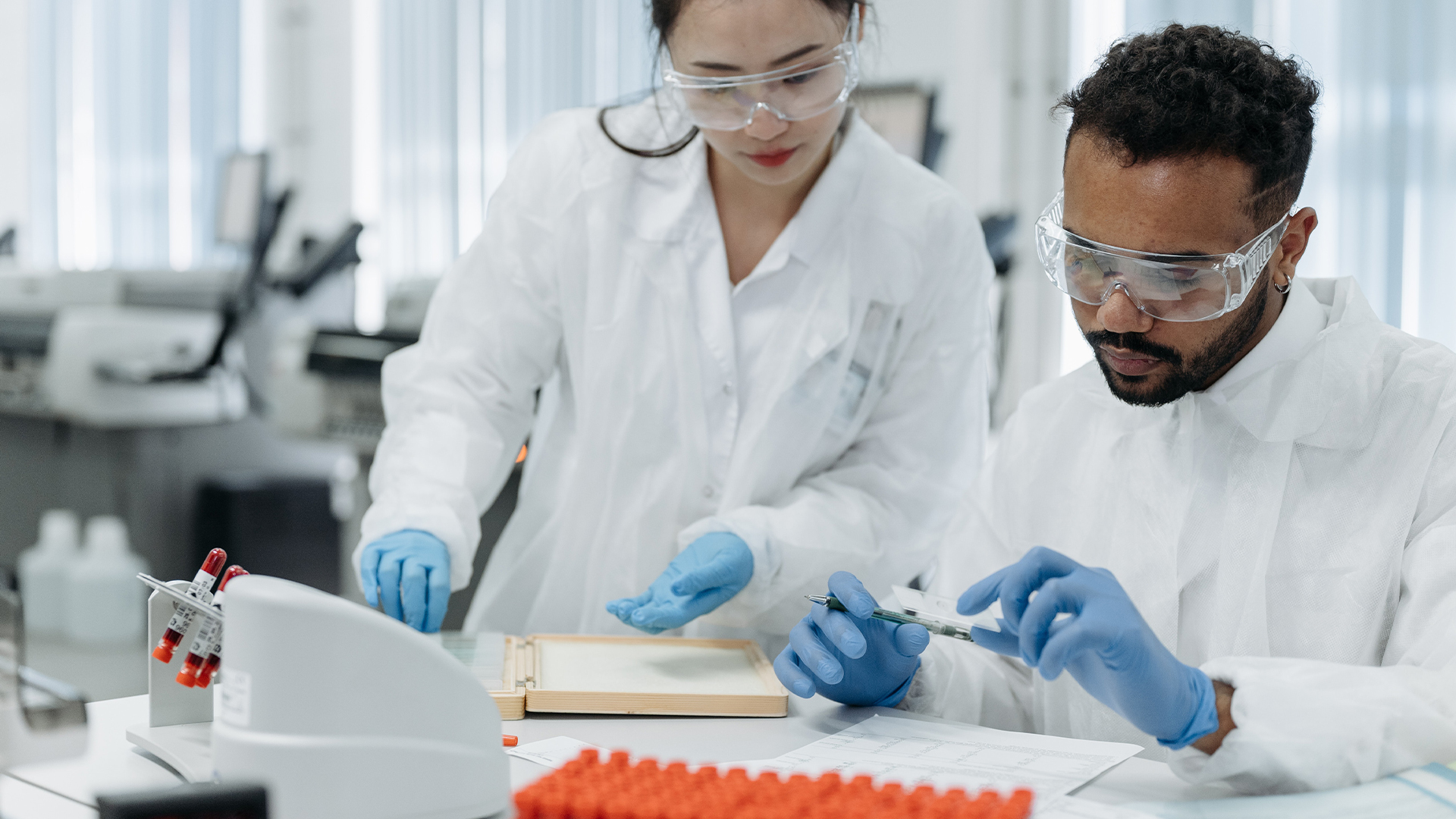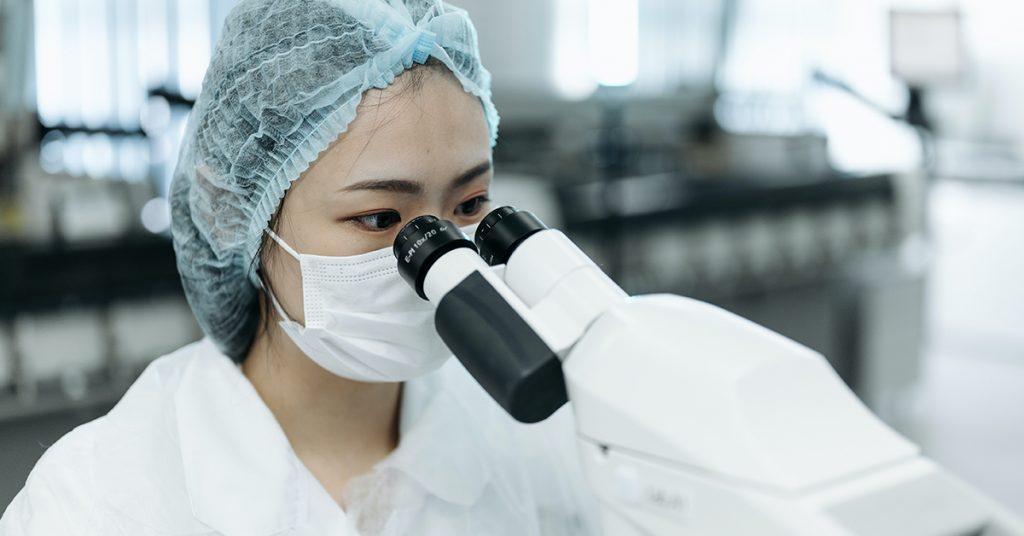ALLpaQ Innovation Company News
Why choose ALLpaQ for your fluid management needs?
Why choose ALLpaQ for your fluid management needs? Companies in the biopharmaceutical, biochemical and food production industries often look to […]
Nov 12th, 2025

Welcome to the weird and wacky world of Downstream Bioprocessing. We have already discussed, in some depth, the purpose and particulars of Upstream Bioprocessing in this article. This leads very naturally onto Downstream Bioprocessing.
That is the part of a bioprocess where the cell mass collected from the Upstream stage is processed so the desired bioproduct is separated from other components present in the fermentation broth or cell culture, to meet purity and quality requirements of the end product.
The goal of Downstream Bioprocessing is to remove as many impurities as possible from the end product until it is 98% to 100% pure.
This requires a LOT of purification. So, let us count the ways …
Separating the biomass (microbial cells) is the process of separating the microorganisms or cells from the fermentation broth or cell culture. There are several methods that can be used for this, including:
Centrifugation:
This process uses centrifugal force to separate the biomass from the liquid. The biomass, which is denser than the liquid, will settle to the bottom of the container so the liquid can be removed from the top.
Ultra-centrifugation:
This uses a super-powered centrifuge which spins at very high speeds ( up-to hundreds of thousands of revolutions per minute) to generate the centrifugal force needed to separate particles based on very specific parameters, such as size, shape, density, molecular weight or charge.
Filtration:
This process uses a filter to separate the biomass from the liquid. The biomass is trapped in the filter, while the liquid can be collected on the other side.
Sedimentation:
Here, gravity is used to separate the biomass from the liquid. As with centrifugation, the biomass will settle to the bottom of the container, while the liquid can be removed from the top.
Flotation:
This uses the opposite properties. The biomass will float to the top of the container, then the liquid can be drained from the bottom.
Membrane Filtration:
In this process a membrane acts as a barrier that allows liquid to pass through, but retains the biomass.
However it is achieved, the separation of biomass from medium is an important step in Downstream Bioprocessing, as it allows for the recovery and purification of the desired product.
The next step in purifying the biomass is Cell Disruption, which is the stage in Downstream Bioprocessing where we break open cells to release the intracellular contents, such as enzymes or proteins.
This can be achieved in a range of ways, for example:
Some of these methods are more aggressive than others and tend to be more efficient, while the gentler methods may preserve the activity of enzymes and proteins. You choose your poison depending on your goals.

The ratio of product molecules to broth is an issue that needs to be addressed now.
This increases the solids content in a liquid culture or fermentation broth which helps with the purification of the end product whilst reducing the volume of liquid that needs to be processed in the rest of the Downstream Bioprocessing workflow.
There are several methods that can be used to concentrate the broth, which include:
Evaporation:
This uses heat to evaporate water from the broth, which increases the solids content. This is achieved with rotary evaporators, falling film evaporators or spray dryers.
Drying:
This also uses heat to evaporate water, then dries the solid material through spray drying, freeze drying or lyophilization, among other methods.
Ultrafiltration:
This is where a membrane is used to separate the solids and liquids in the broth. The broth is forced through the pores of the membrane which only allow the liquid through.
Dialysis:
Similarly, this method uses a semipermeable membrane to separate solutes of different molecular weights. Small molecules pass through but the larger ones are retained.
Centrifugation:
Centrifugal force is used to separate the broth into different layers so the water can be drained off and the solid component is retained in the centrifuge.
The factors which decide which of these methods will be used include cost, yield and the quality of the final product.
The next step in Downstream Bioprocessing is the recovery and purification of the desired product.
Depending on the physico-chemical nature of the molecules produced thus far, several methods for separating the desired product (the metabolite) from the clarified fermented broth:
Precipitation:
This uses a chemical or physical agent to cause the desired product to precipitate out of the solution. The precipitate can then be collected by centrifugation or filtration.
Solvent extraction:
This method uses a solvent to extract the desired product. The solvent and the end product are immiscible so will not mix but, instead, form layers.
Chromatography:
This method uses a stationary phase and a mobile phase to separate the product from the broth because they have different affinities and will separate accordingly.
Adsorption:
With this method, the end product will collect on the surface of an adsorbent material while the other components pass through.
Membrane filtration:
Here, a membrane will act as a barrier that allows the desired end product to pass through while catching the other components.
As always, the size and nature of the molecule being produced will inform the decision over which method is chosen.
The final step of purification, again, offers several options which repeat some of the processes which were available earlier in Downstream Bioprocessing:
And so, finally, we arrive at the highest possible yield of the purest possible pharmaceutical end product. All ready for practical application …
The final stages in Downstream Bioprocessing, which result in useable pharmaceuticals are:
Formulation:
This is the process of preserving the effectiveness and stability of the purified product, while preparing it for its intended use.
This can include steps such as freeze-drying (lyophilisation), buffer exchange and the addition of excipients or stabilisers.
Then, once it is stable and prepared, it’s time to send it off to market.
Packaging:
This prepares the formulated product for storage and distribution in such a way that it is protected from damage and can be transported safely to the end user.
These stages can include filling vials or bottles, as well as sealing and labelling the medicines for safe deployment.
Additionally, this final stage also includes steps to comply with regulations and standards through processes such as sterilisation and validation.